
SMART SUSTAINABLE CLEAN ENERGY INTELLIGENTLY MONITORED, CONTROLLED, MANAGED & PROTECTED FROM ONE PLATFORM
Renewable
Energy
is
created
from
natural
resources
that
do
not
lead
to
scarcity
or
depletion
by
their
consumption
due
to
naturally
recurring
processes.
Such
resources
are
sustainable
for
an
infinite
amount
of
time
known
as
Renewable
Resources.
The
ecosphere
is
largely
composed
of
these
Renewable
Resource
and
are
used
for
the
provision
of
energy
since
they
replenished
very
fast
naturally.
Commonly
known
renewable
energy
resources
include:
Solar
Energy,
Biomass
Energy,
Wind
Power,
Ocean,
Hydro-power, Hydrogen, and Geothermal.
The world is shifting towards renewable sources of energy (clean energy / green energy) to meet its power needs considering the global warming and pollution concerns as well as rising prices of oil and petroleum.
The biggest threat to non-renewable energy is that they will deplete eventually
and once they are gone they cannot be replaced or revitalized. On the other hand,
renewable energy resources are sustainable.
Most
of
the
renewable
resources
are
environment-friendly
and
reduces
Air
pollution
and
emission
of
greenhouse
gases,
soil
contamination,
and
land
degradation
thus
improving
the
health
of
the
people
while
utilizing
non-renewable
resources
like
the
burning of fossil fuel, etc. imposes a serious threat to the environment and causes Air Pollution.
Non-renewable
resources
are
limited
to
a
particular
geographical
area
like
petroleum
fuel
can
be
found
only
in
several
countries.
Renewable
resources,
in
contrast,
spans
wide
geographical
areas
which
provide
economic
benefits
and
security
in
terms
of energy resources. Renewable energy resources are cheaper, cost-effective and economically viable.
Hydro-electricity, Geothermal Electricity, and Solar Power are the cheapest ways of electricity production.
"Off-grid”
microgrids
are
standalone
systems
that
help
bring
electricity
to
rural
areas,
regions
that
lack
basic
infrastructure
and
places
whose
infrastructure
was
/
is
damaged.
Micro-grids
can
be
thought
of
as
individual clients within the larger power grid.
Microgrids
can
feature
power-generating
clients
at
any
point,
such
as
businesses
or
residences
with
solar
arrays.
When
those
installations
produce
more
power
than
needed,
they
feed
it
back
into
the
grid,
usually
providing
the
owners
with
residual
income.
At
any
other
time,
each
microgrid
can
disconnect
itself
from
the
larger
grid
and
keep
its
clients
temporarily
electrified in the event of a blackout.
Microgrids
represent
a
sort
of
democratization
of
the
delivery
of
energy.
Many
microgrids
today
run
on
diesel
or
other
incumbent
fuels,
meaning
they
aren’t
practical
for
supporting
everyday
activities
and
are
more
appropriate
for
short-
term emergencies.
In
addition
to
generating
power
and
feeding
it
into
the
energy
grid
using
renewable
means,
we
also
need
a
maximally
resilient
system.
It
must
ensure
clean
power
gets
where
it’s
needed
immediately
and
feeds
any
excess
electricity
back
into
the
system,
and
one of the most efficient ways to ensure power during an outage is through microgrids.
Transportation,
electricity
generation
and
general
industry
are
the
three
largest
contributors
to
greenhouse
gas
emissions.
We
need
sweeping
changes
to
the
way
we
generate
and
distribute
electricity.
Renewables
are
cleaner
and
becoming
cheaper
than
coal,
and
they
are
also
paving the way for something even more important: smart electric microgrids.
Electrifying
everything
and
making
our
energy
portfolios
diverse
and
clean
are
the
big
next
steps
before
micro-grids realize their potential.
To
continue
scaling
human
civilization
without
rendering
the
planet
uninhabitable,
things
need
to
happen within the energy industry:
(1)
We
need
to
electrify
as
much
of
our
transportation
technology
and
our
residential
and
commercial locations as possible. That means solar, wind and geothermal.
(2)
Once
everything’s
connected
to
the
power
grid,
we
need
it
to
be
as
efficient
and resilient as possible.
Solar
power
and
wind
are
the
two
most
productive
renewable
energy
sources.
However,
they
don’t
cooperate
consistently
throughout
the
months
and
seasons.
Since
we
live
in
a
digital
world
with
several
things
competing
for
power,
it’s
clear
renewables
need
an
assist
if
they’re
to
power
our
world
without
blackouts.
As
storage
battery
technology
matures
and
more
batteries
are
attached
to
microgrids,
they’ll
become
even
more
resilient
and
better
able
to
withstand
periods
of
high
demand
and
low production.
Sustainable
microgrids
are
a
vital
tool
in
the
fight
against
climate
change
and
increasingly
common
natural
disasters.
In
the
wake
of
hurricanes,
earthquakes
and
wildfires,
the
traditional
energy
grid
in
many
parts
of
the
country
is
struggling
to
keep
the
power
flowing,
causing outages that slow local economies and ultimately put lives at risk.
The
greatest
impact
of
sustainable
microgrids
may
reach
beyond
the
emergency
power
they
provide
,
they
offer
a
glimpse
of
a
radically
different
way
how
power
is
produced
and
used.
Sustainable
microgrids
are
finally
becoming
truly
affordable,
and
in
the
process
are
beginning
to
change
the
way
we
think
about
energy
consumption
and
resilience.
Renewable
Energy
Micro-Grids
are
already
on
their
way
to
becoming
the
preferred
way
we
generate
and
distribute
energy,
the
clean energy way.

© 2016-2023 Intelligent IoT Solutions (Pty) Ltd.
Products
Enclosure Controllers
Light Controllers
Combo Sensors
Gateways
Conditions & Warranties
Company
Presentations
Brochures
Services


















IOT-SOLUTIONS

INTELLIGENT

















INTELLIGENT SUSTAINABLE / CLEAN ENERGY MANAGEMENT
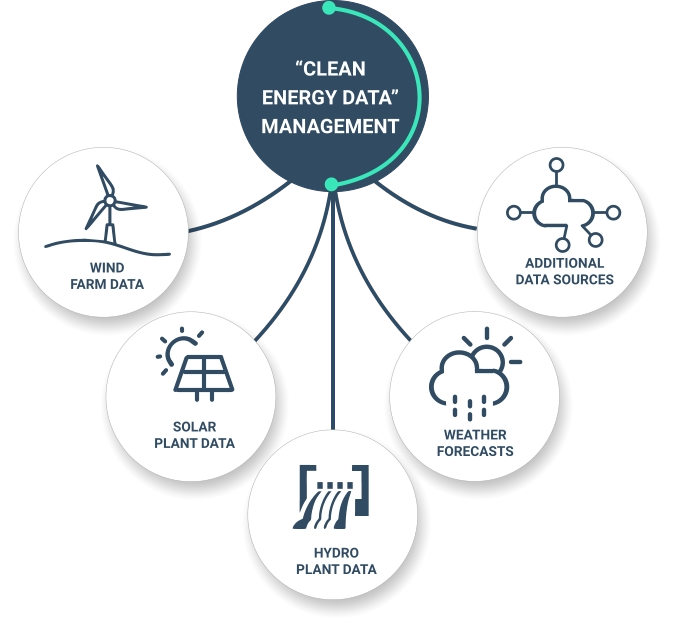
CLEAN ENERGY IN “OFF-GRID” MICRO-GRIDS
WHY ARE MICRO-GRIDS NECESSARY?



























